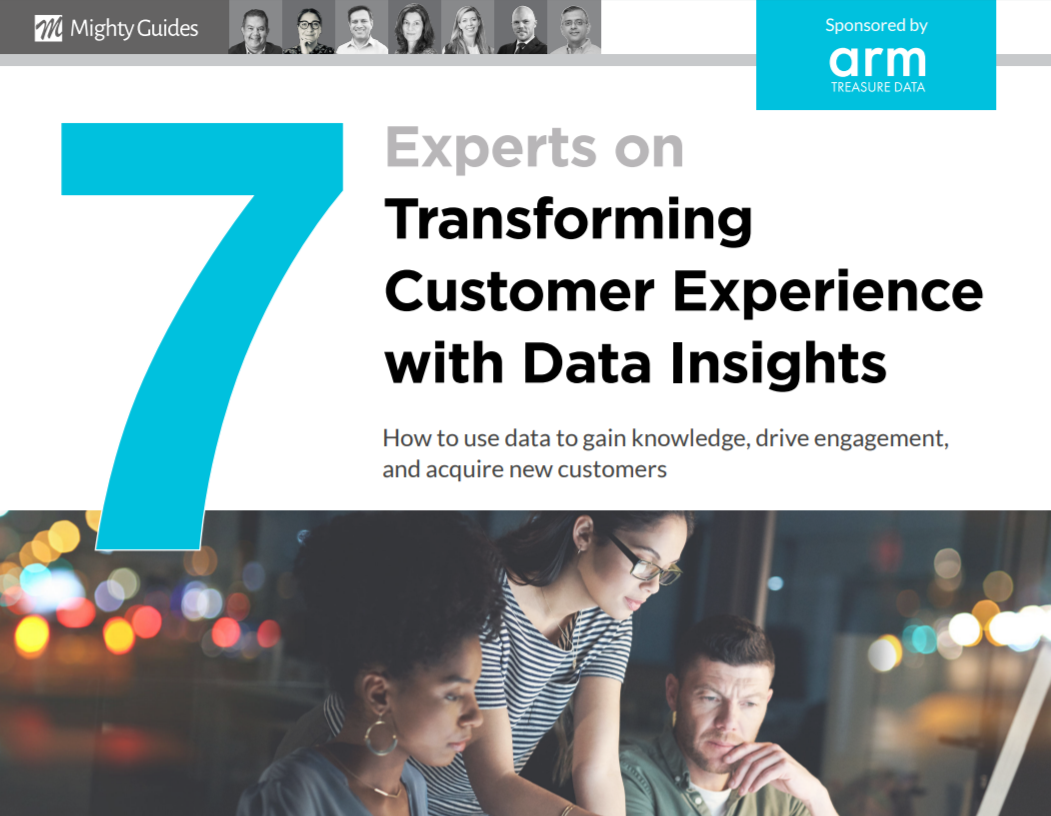
Mark Chiles, Chief Digital Officer & Senior Vice President of Digital, Hart Energy
“Building a centralized data repository to store more than three billion records of customer information was our most pressing task.”
“Overall, we’re gaining a deeper understanding of how our audiences cross over and expect to use affinity analysis to create new promotion and sales opportunities.”
Many companies whose business models generate large amounts of customer data understand their data contains intelligence that can help the business. The real challenge is how to consolidate that data into a useful resource and what tools to apply to give you the actionable intelligence you need.
For Mark Chiles, senior vice president and chief digital officer at Hart Energy, the first step was putting all the data in one place. “Before we implemented our customer data platform (CDP), our data was scattered across probably a dozen systems from nearly as many vendors,” Chiles explains. “Our first priority was to create a data lake that could serve as a historical platform to prevent loss of valuable data. One of our major digital-marketing vendors notified us of their intentions to begin retaining only 90 days of data. We expect that the costs of storage and increasingly stringent regulatory requirements related to personally identifiable information (PII) may lead other vendors to follow suit. So building a centralized data repository to store more than three billion records of customer information was our most pressing task.”
Putting all this data into one centralized repository led to the next challenge, which was how to process and analyze all that data. Hart Energy’s customer data platform could now protect historical data and interconnect data sources and marketing tools in a way that scaled to handle the volume and pace of data collection. The current database holds 80 tables of data with some data imports
updating daily, and others as frequently as every hour. “Our marketers use these data sets to develop strategies for promoting a diverse mix of products to equally diverse audiences,” Chiles says.



